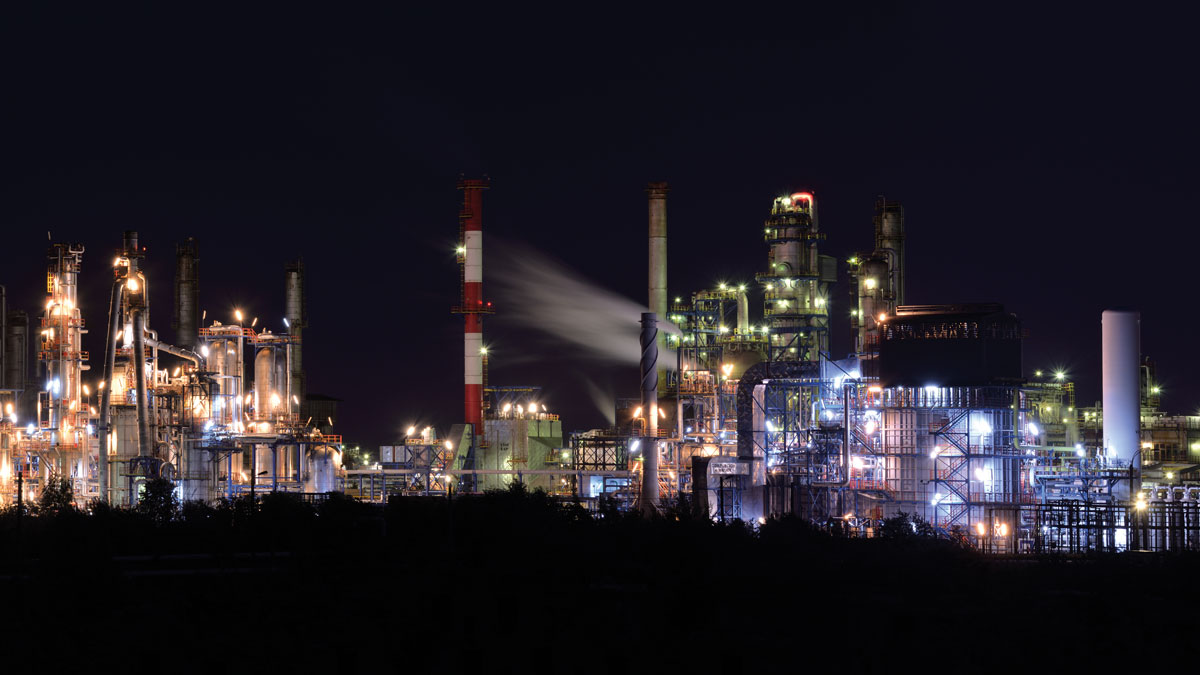Controlling Ignition Sources from Diesel Engines
Stick to the Speed Limit
How safe is your site? Petroleum products play a vital role in our day-to-day lives, and confidence in the safety of the industry’s operations is paramount. Diesel engine runaway is the unexpected danger for the operators of Oil & Gas sites and has led to fatal accidents for companies involved in producing and storing crude oil, petroleum, and refined products.
‘Runaway’ is a dangerous phenomenon where a running diesel engine draws extra energy from low concentrations of any hydrocarbons in the surrounding air. This causes uncontrolled overspeed beyond the safe design limits and can lead to an explosion or ignition of the external air-fuel mixture.
Have you considered all the risks? Diesel engines that are not properly controlled or protected present a dangerous source of ignition when used in areas where combustible vapours may exist. A resulting explosion often leads to significant consequences for people, refineries and the environment.
Few industries are more hazardous or more safety conscious than oil and gas. It takes a broad variety of diesel-powered equipment to successfully support site operations. Stationary diesel engines, mobile equipment, emergency response vehicles, and vehicle mounted engines should all be considered as a potential risk to operations.
Recent independent third-party tests performed by a leading engine OEM have shown that a diesel engine can start to run away within 3 to 9 seconds of a gas being drawn in, at a concentration as low as 22% LEL. Once this begins, turning off the ignition key will not stop a diesel engine.
The only proven, reliable method to stop the engine running away beyond a safe limit is to install an automatic emergency shutoff valve in the engine’s air intake system. Blocking the engine’s air intake effectively cuts off the external fuel source and air supply, so the engine quickly stops, and the ignition source is removed.
Areas designated for no ignition sources are places where diesel engines must have appropriate upgrades to mitigate their potential for ignition. Does a safety policy already exist that considers all the risks, and what can we do to reduce accidents? All employees should be educated about the risks, and a risk assessment should be performed.
The detonation of flammable gas clouds creates serious explosions.
In Texas, in 2003, two workers were killed and two more were injured when a vapour cloud from the cargo was drawn into the intakes of two idling vacuum trucks.
In 2005, a US refinery explosion was ignited by a runaway diesel pickup; 15 people died and 170 were injured in the blast.
In 2010, an offshore rig explosion killed 11 people and created the largest accidental oil spill in history. A diesel engine runaway in the engine room is considered one of the main contributing factors.
Dosco have partnered with Chalwyn to raise awareness of the explosive risks from runaway diesel engines and offer training and consultations to site operators in Romania on ways to better protect their equipment and employees.







